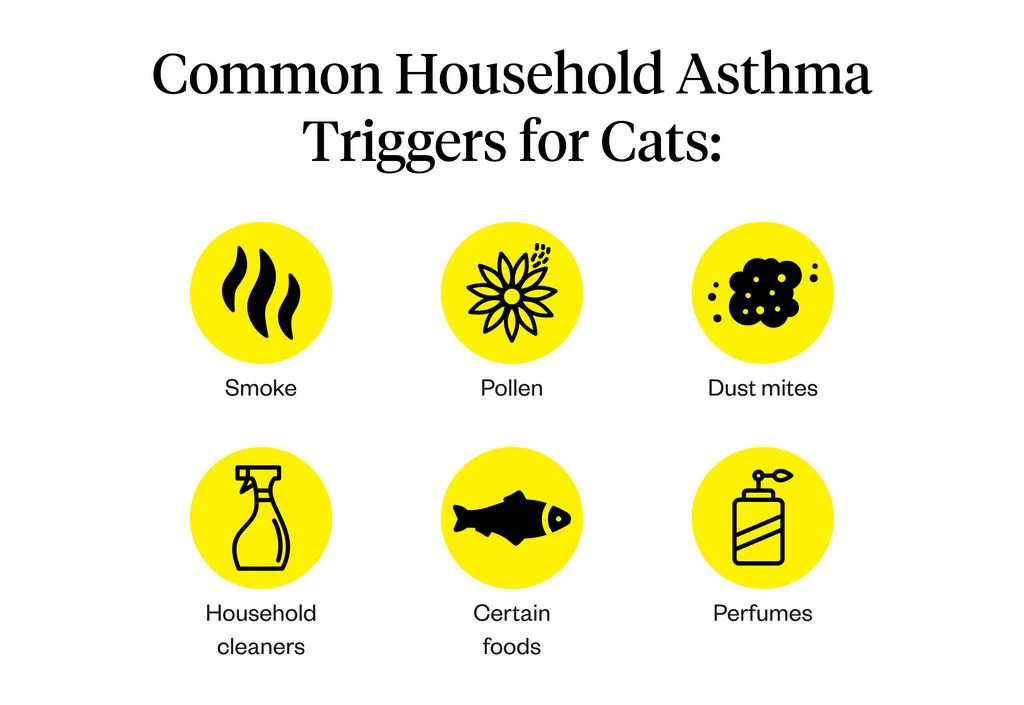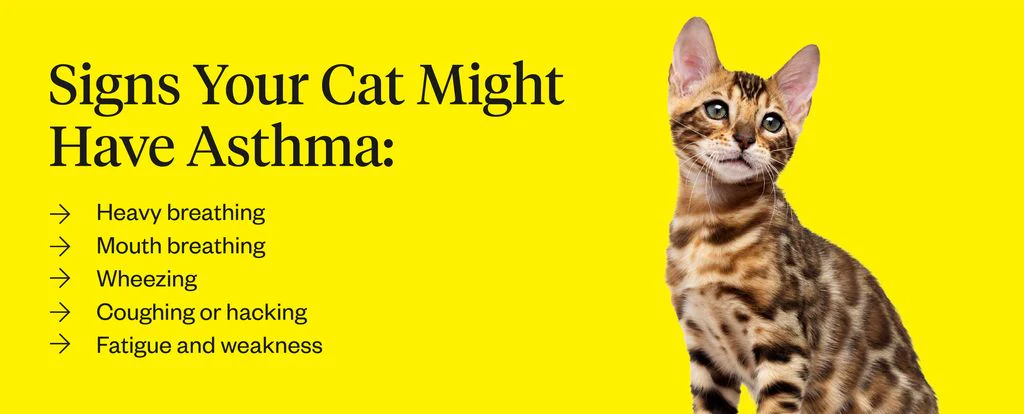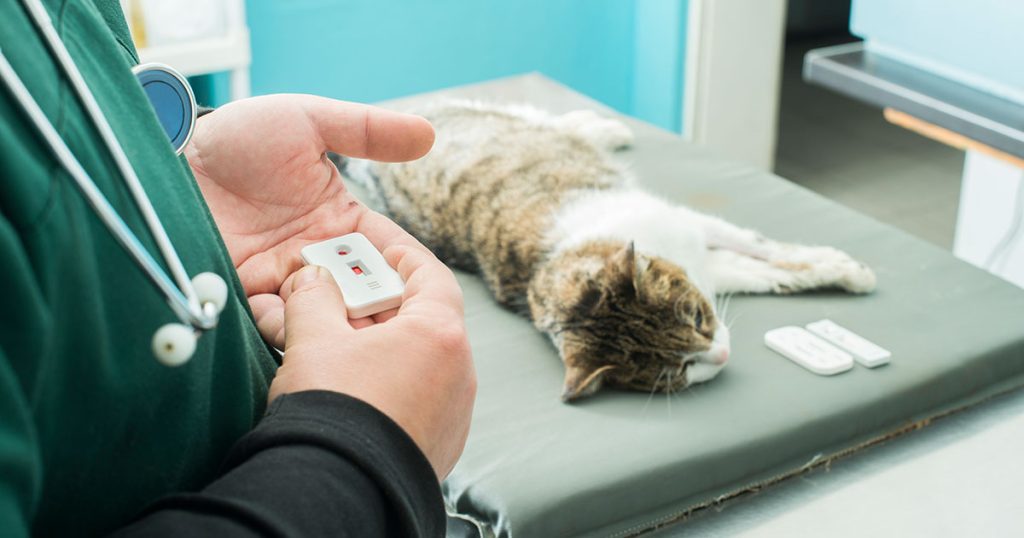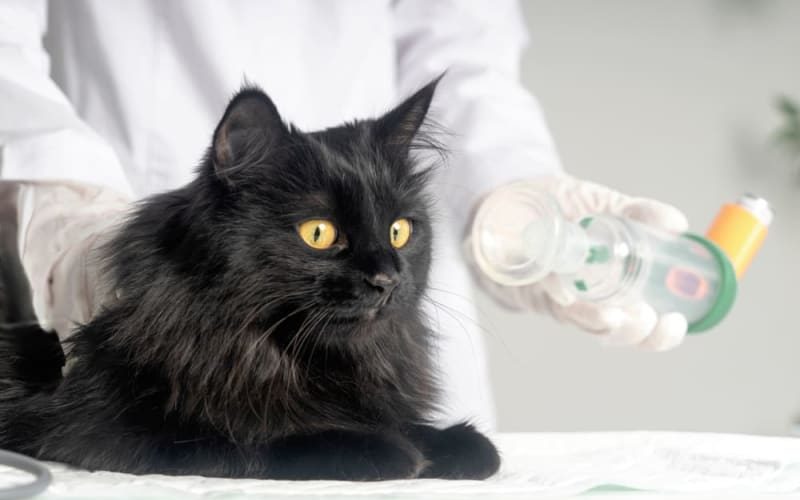Cats are known for their grace and agility, but when your feline friend struggles to breathe, it’s a heart-wrenching sight. Feline asthma is a chronic respiratory condition that can make every breath a challenge. But don’t worry—understanding the condition, spotting the signs early, and learning how to manage it can make all the difference for your cat’s health and happiness.
Let’s explore everything you need to know about feline asthma, from recognizing its symptoms to creating a safe, trigger-free environment for your beloved pet.
What Is Feline Asthma, and What Causes It?
Feline asthma is a condition where inflammation in the airways causes them to swell and narrow, leading to difficulty breathing. It’s similar to asthma in humans, and in cats, it’s often triggered by allergens or irritants in the environment. These triggers may include pollen, mold, dust, cigarette smoke, and even perfumes or cleaning sprays.
Certain types of cat litter, especially those that are dusty or heavily scented, can also aggravate the condition. While the exact cause isn’t always clear, a combination of genetic predisposition and environmental factors is thought to play a role.

How to Spot the Symptoms of Feline Asthma
Recognizing the signs of feline asthma is crucial for early intervention. One of the most common symptoms is coughing, which may sound like gagging or retching. It’s easy to mistake this for hairball-related behavior, but frequent coughing could signal something more serious.
During an asthma attack, your cat may show signs of distress, such as open-mouth breathing, wheezing, or rapid, shallow breaths. Some cats will hunch down with their necks extended as they try to draw in air. Other signs include lethargy, loss of appetite, and a noticeable decrease in activity levels.
In severe cases, your cat’s gums or tongue may turn blue due to a lack of oxygen. If you notice this, it’s a medical emergency, and you should seek immediate veterinary care.
Getting a Diagnosis: What to Expect
If you suspect your cat has asthma, a trip to the veterinarian is essential. The vet will start with a physical exam, listening to your cat’s lungs for abnormal sounds like wheezing. Chest X-rays are commonly used to check for inflammation, mucus buildup, or other signs of respiratory distress.
Blood tests can help rule out other conditions or detect underlying issues that may be contributing to your cat’s symptoms. In some cases, more advanced tests, such as bronchoscopy or allergy testing, may be needed to confirm the diagnosis and identify specific triggers.

Managing Feline Asthma: Medications and Lifestyle Changes
The good news is that while feline asthma cannot be cured, it can be managed effectively with the right approach. Treatment typically involves a combination of medications and environmental adjustments.
Corticosteroids are often prescribed to reduce airway inflammation. These can be given orally, through injections, or via an inhaler designed specifically for cats. Bronchodilators, also administered through an inhaler, help relax the airway muscles and improve breathing during an asthma attack. Your vet will guide you in using these medications correctly, ensuring your cat gets the relief they need.
Creating an asthma-friendly environment is just as important as medication. Start by eliminating common triggers in your home. Use unscented, dust-free cat litter and avoid smoking indoors. Reduce allergens by vacuuming carpets regularly, washing your cat’s bedding, and keeping windows closed during high-pollen seasons. Air purifiers can also help improve air quality and make breathing easier for your cat.
Tips for Long-Term Monitoring and Care
Managing feline asthma is an ongoing process, so keeping a close eye on your cat’s condition is key. Keep a journal to track symptoms, asthma attacks, and any changes in behavior. This can help identify patterns or triggers and make it easier to adjust treatment plans if needed.
Regular check-ups with your vet are essential to monitor your cat’s progress and ensure their medications are working effectively. Be prepared for emergencies by knowing how to administer prescribed medications during an asthma attack and having a plan to get to the vet quickly if symptoms worsen.

Helping Your Cat Live Their Best Life
Feline asthma may seem overwhelming at first, but with the right care and attention, many cats with this condition live happy, healthy lives. Early diagnosis, consistent treatment, and a safe, trigger-free environment can make all the difference.
If you notice your cat coughing or struggling to breathe, don’t wait—schedule a vet appointment and start the journey toward managing their condition. Your cat will thank you with every comfortable, purr-filled breath.
